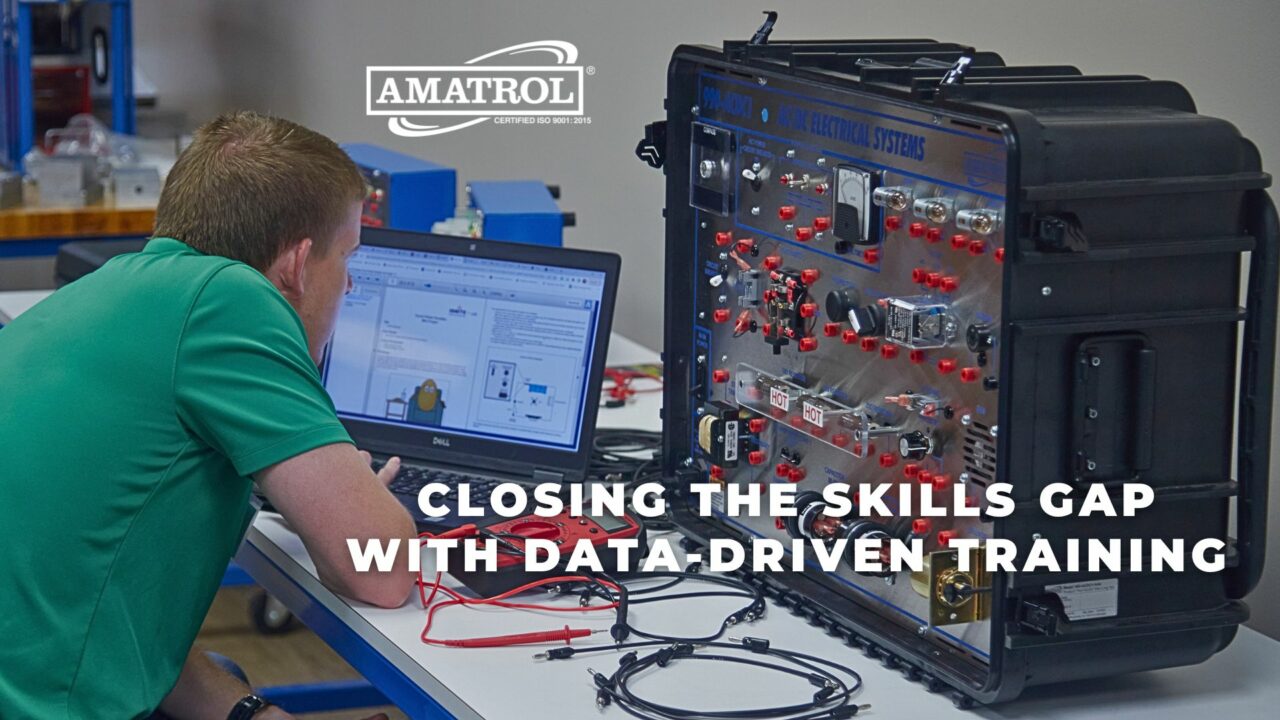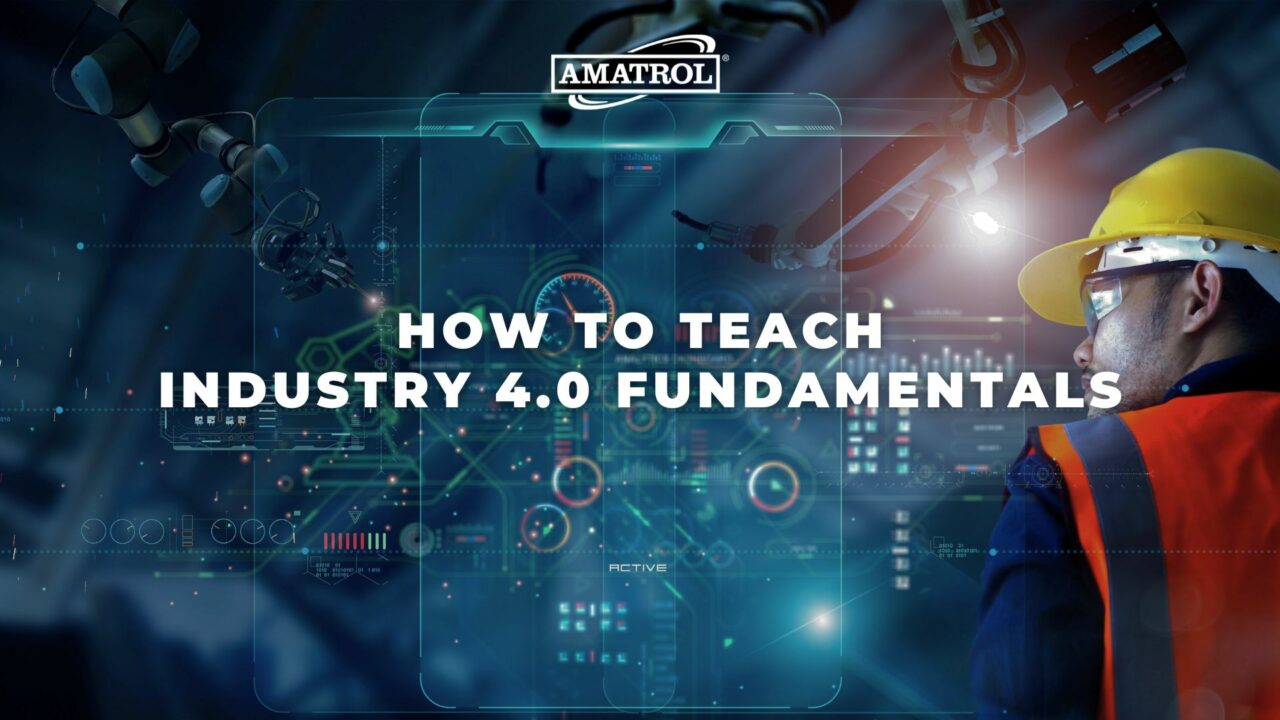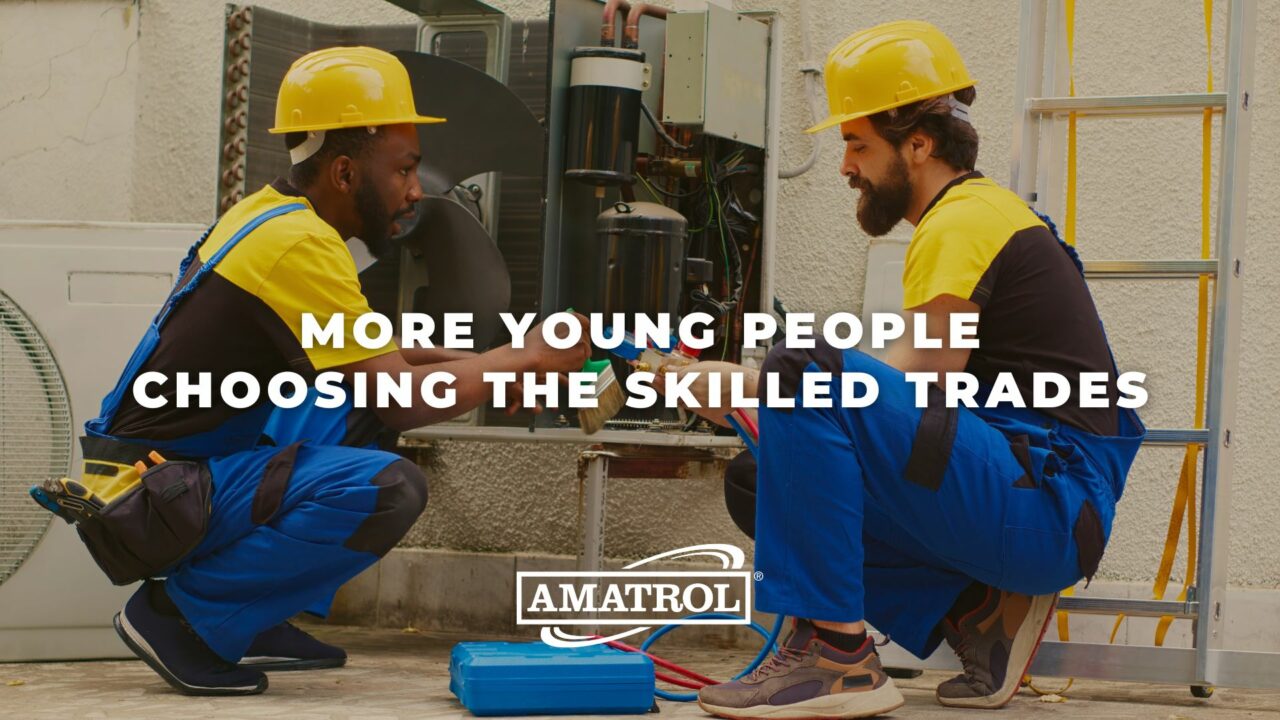“Made in America!” Those three words evoke a range of thoughts and emotions, from simple patriotism to a belief in a higher-quality product. They’ve also become a bit of a political rallying cry. Since the beginning of 2025, American manufacturing has been in the national spotlight more than ever, largely due to the Trump administration’s
Do you want to see more manufacturing jobs in the United States? Do you want to work one of those manufacturing jobs? For Americans, the answer to these two questions is quite different and seemingly contradictory. Welcome to the paradox that is modern manufacturing in the U.S. The on-again, off-again Trump administration tariff announcements sparking
What’s the biggest challenge facing manufacturers in 2025? A survey of companies would likely yield a variety of answers, from inflation and fickle customer demand to productivity and ever-changing technology. But there’s one ongoing problem that would top the list for many manufacturers: filling open positions with highly skilled workers. Manufacturers call it the skill
American manufacturers need workers. For years, they’ve struggled to fill open positions and, while some of their efforts have led to improved recruitment, there are still hundreds of thousands of open positions across the country. Thanks to the work of manufacturers and educators over the last decade, however, more students than ever are open to
Anyone tuned in to the state of manufacturing in America has been aware of the perennial thorn in the side of manufacturers everywhere: the skills gap. For many years now, manufacturers have struggled to fill open positions due to a shortage of workers with the skills needed to work with and alongside new advanced automation
“Made in the USA” – it’s a label that many take great pride in. There are millions of people who make buying decisions every day based upon where goods are manufactured. They support American-made products because they want to support American businesses. This isn’t always easy, because for certain categories of products, such as electronics,
What’s the greatest challenge facing manufacturers today? Is it inflation? Ongoing supply chain issues? Competition from foreign companies? All of those could arguably be listed as significant challenges, but there’s one challenge that most, if not all, manufacturers would agree remains their biggest barrier to growth and profitability: hiring enough skilled workers to fill their
Is it just us? Or did artificial intelligence (AI) just appear overnight out of nowhere? It seems like we should be used to this by now. A new technology appears on the horizon, promising yet another major breakthrough in the future. Then, before you know it, the future is here. This trend likely results from
Those familiar with manufacturing and the skilled trades know all about the skills gap and the challenge of hiring enough highly skilled workers to fill the hundreds of thousands of open positions throughout industry across the country. For years now, there simply haven’t been enough workers to meet growing demand. Hiring managers tasked with finding
“It’s so nice to be fully staffed,” said no manager ever. Wouldn’t that be great, though? Can you imagine your workplace having all the highly skilled workers it needs to function efficiently and effectively, taking advantage of available opportunities and being proactive rather than reactive? If there’s one thing that has plagued industries across the
Manufacturers Must Retain and Attract Workers to Battle Ongoing Labor Shortage As 2023 winds to an end and 2024 begins, it’s good to take a closer look at how manufacturers have been faring with the ongoing struggle to fill open positions. It’s no secret that manufacturers here and around the world have been battling
In-House Training: Why It’s Valuable and How It Can Go Wrong Should industrial employers provide ongoing training for their employees? How that question gets answered usually depends upon who you ask. Studies show that employees see ongoing training as a desired benefit. Unfortunately, many employers see training as an unnecessary cost. When you look













